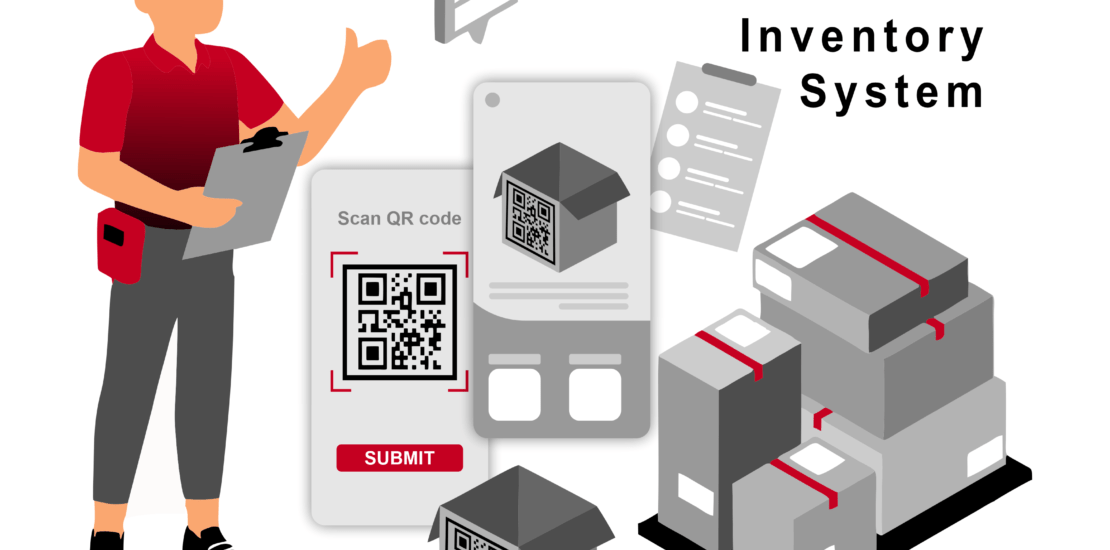Inventory System
- December 19, 2023
- Posted by: immensesofts
- Categories:

Inventory System
Inventory management helps companies identify which and how much stock to order at what time. It tracks inventory from purchase to the sale of goods. The practice identifies and responds to trends to ensure there’s always enough stock to fulfill customer orders and proper warning of a shortage.
Once sold, inventory becomes revenue. Before it sells, inventory (although reported as an asset on the balance sheet) ties up cash. Therefore, too much stock costs money and reduces cash flow.
One measurement of good inventory management is inventory turnover. An accounting measurement, inventory turnover reflects how often stock is sold in a period. A business does not want more stock than sales. Poor inventory turnover can lead to deadstock, or unsold stock.
Why Is Inventory Management Important?
Inventory management is vital to a company’s health because it helps make sure there is rarely too much or too little stock on hand, limiting the risk of stockouts and inaccurate records.
Public companies must track inventory as a requirement for compliance with Securities and Exchange Commission (SEC) rules and the Sarbanes-Oxley (SOX) Act. Companies must document their management processes to prove compliance.
Benefits of Inventory Management
The two main benefits of inventory management are that it ensures you’re able to fulfill incoming or open orders and raises profits. Inventory management also:
- Saves Money:
Understanding stock trends means you see how much of and where you have something in stock so you’re better able to use the stock you have. This also allows you to keep less stock at each location (store, warehouse), as you’re able to pull from anywhere to fulfill orders — all of this decreases costs tied up in inventory and decreases the amount of stock that goes unsold before it’s obsolete. - Improves Cash Flow:
With proper inventory management, you spend money on inventory that sells, so cash is always moving through the business. - Satisfies Customers:
One element of developing loyal customers is ensuring they receive the items they want without waiting.
Inventory Management Challenges
The primary challenges of inventory management are having too much inventory and not being able to sell it, not having enough inventory to fulfill orders, and not understanding what items you have in inventory and where they’re located. Other obstacles include:
- Getting Accurate Stock Details:
If you don’t have accurate stock details,there’s no way to know when to refill stock or which stock moves well. - Poor Processes:
Outdated or manual processes can make work error-prone and slow down operations. - Changing Customer Demand:
Customer tastes and needs change constantly. If your system can’t track trends, how will you know when their preferences change and why? - Using Warehouse Space Well:
Staff wastes time if like products are hard to locate. Mastering inventory management can help eliminate this challenge.
